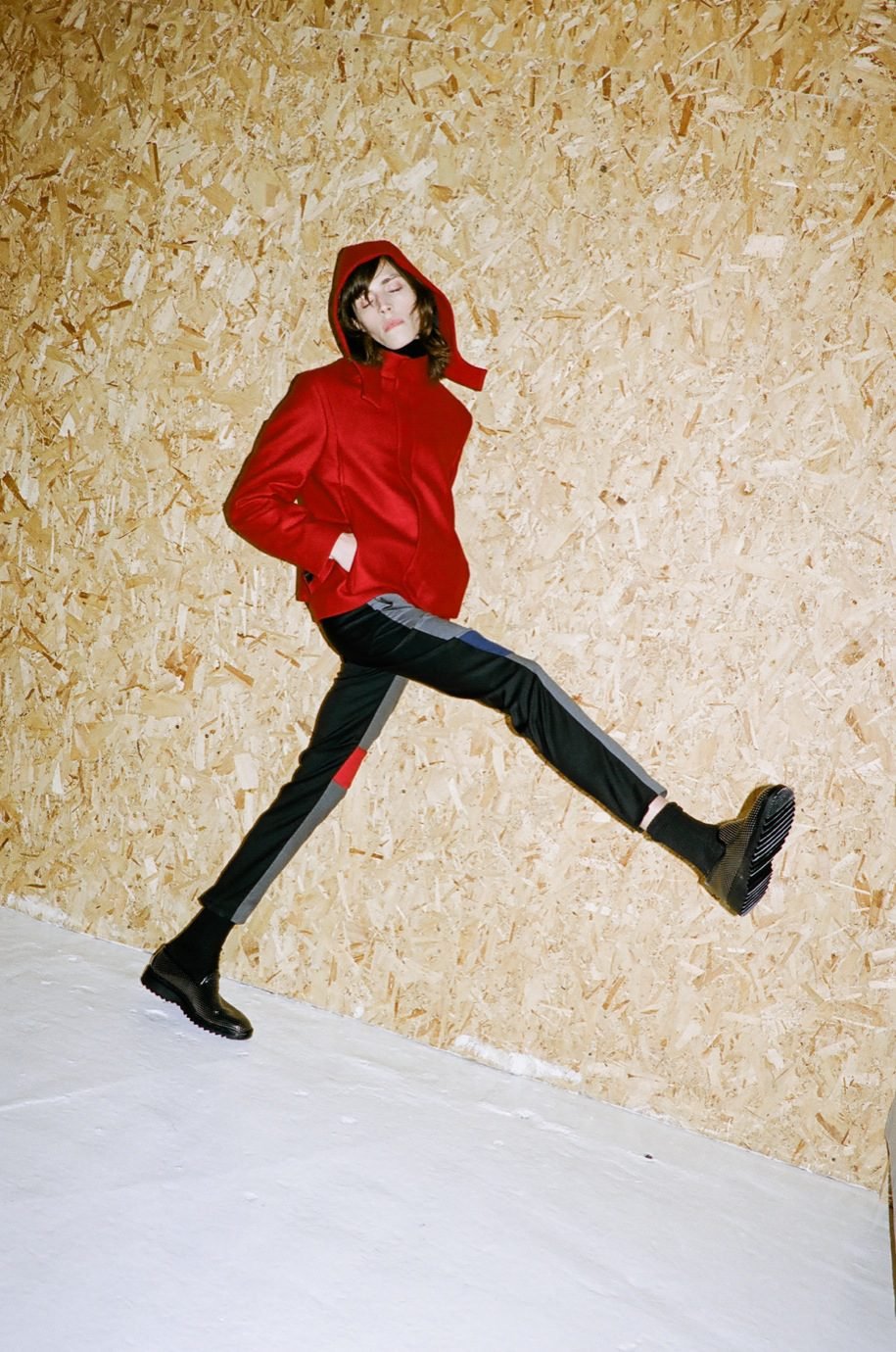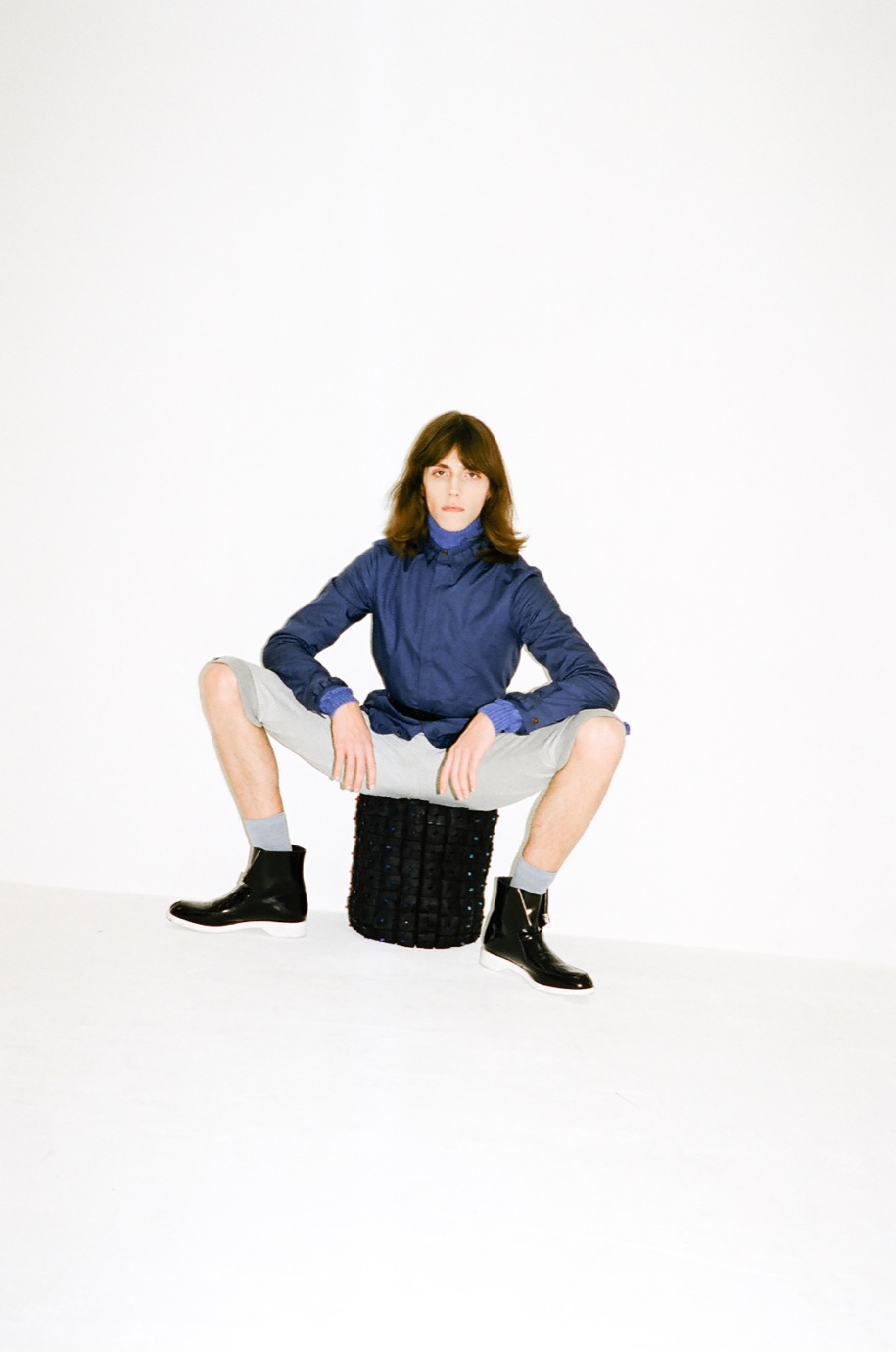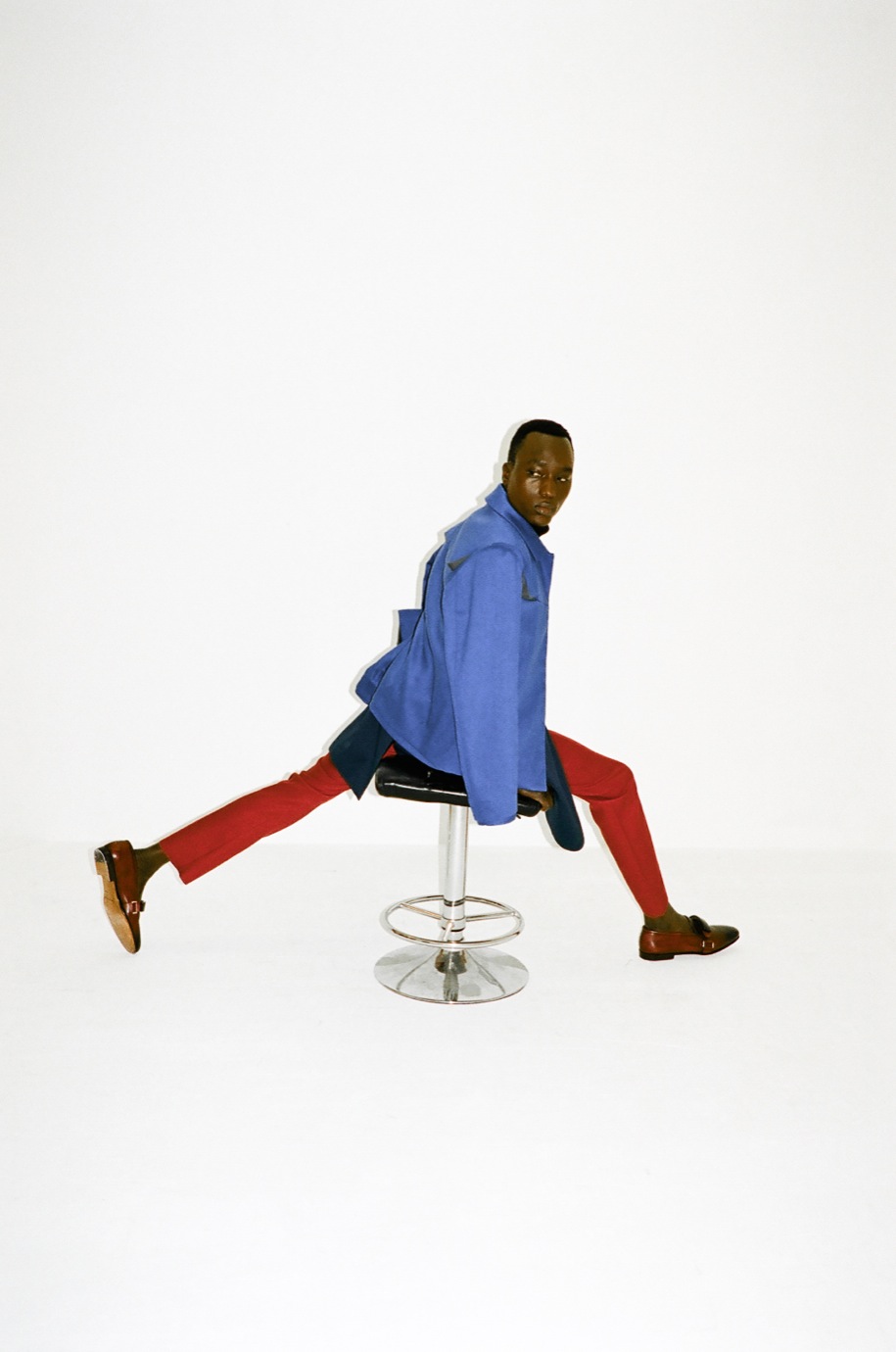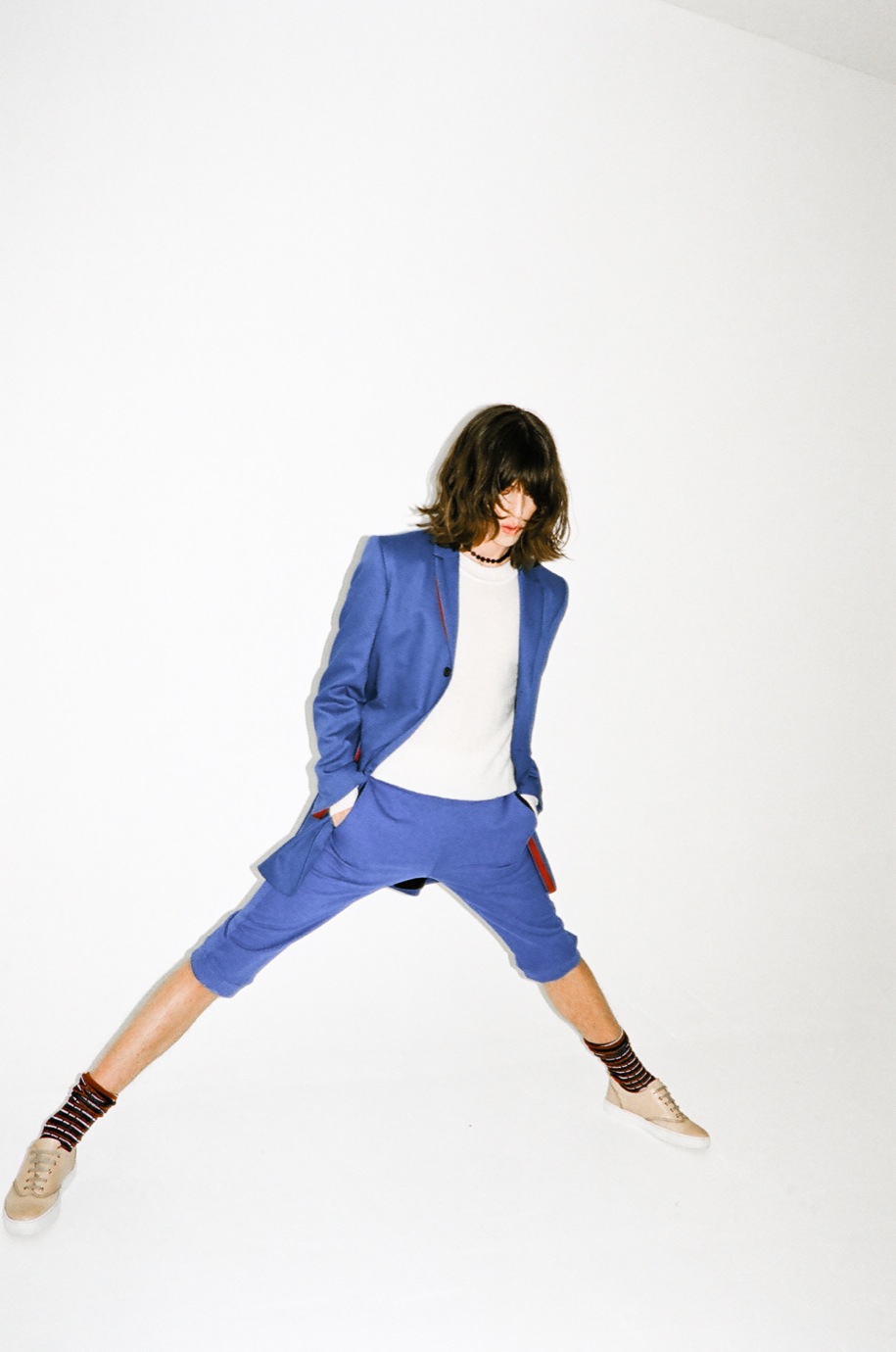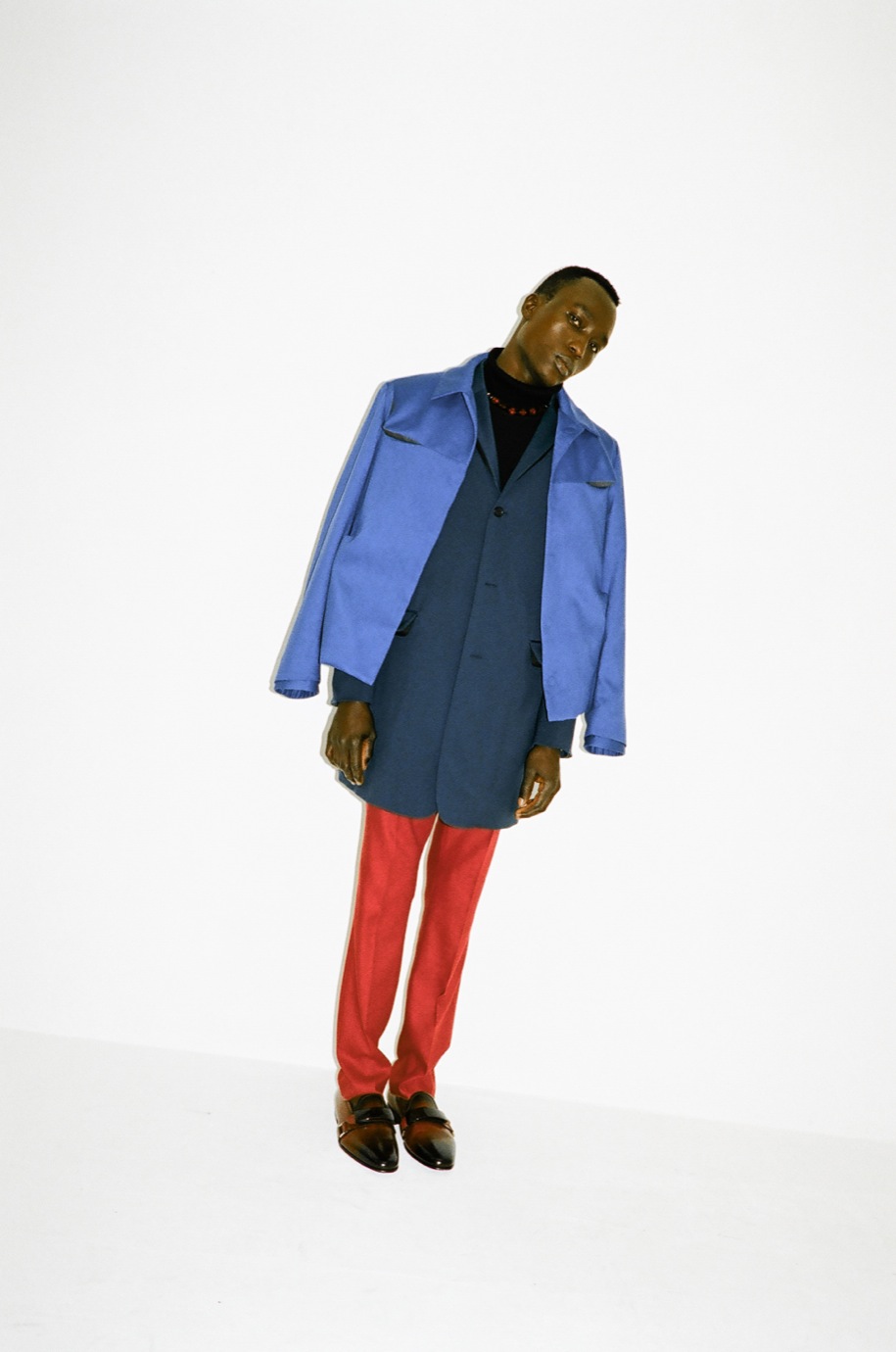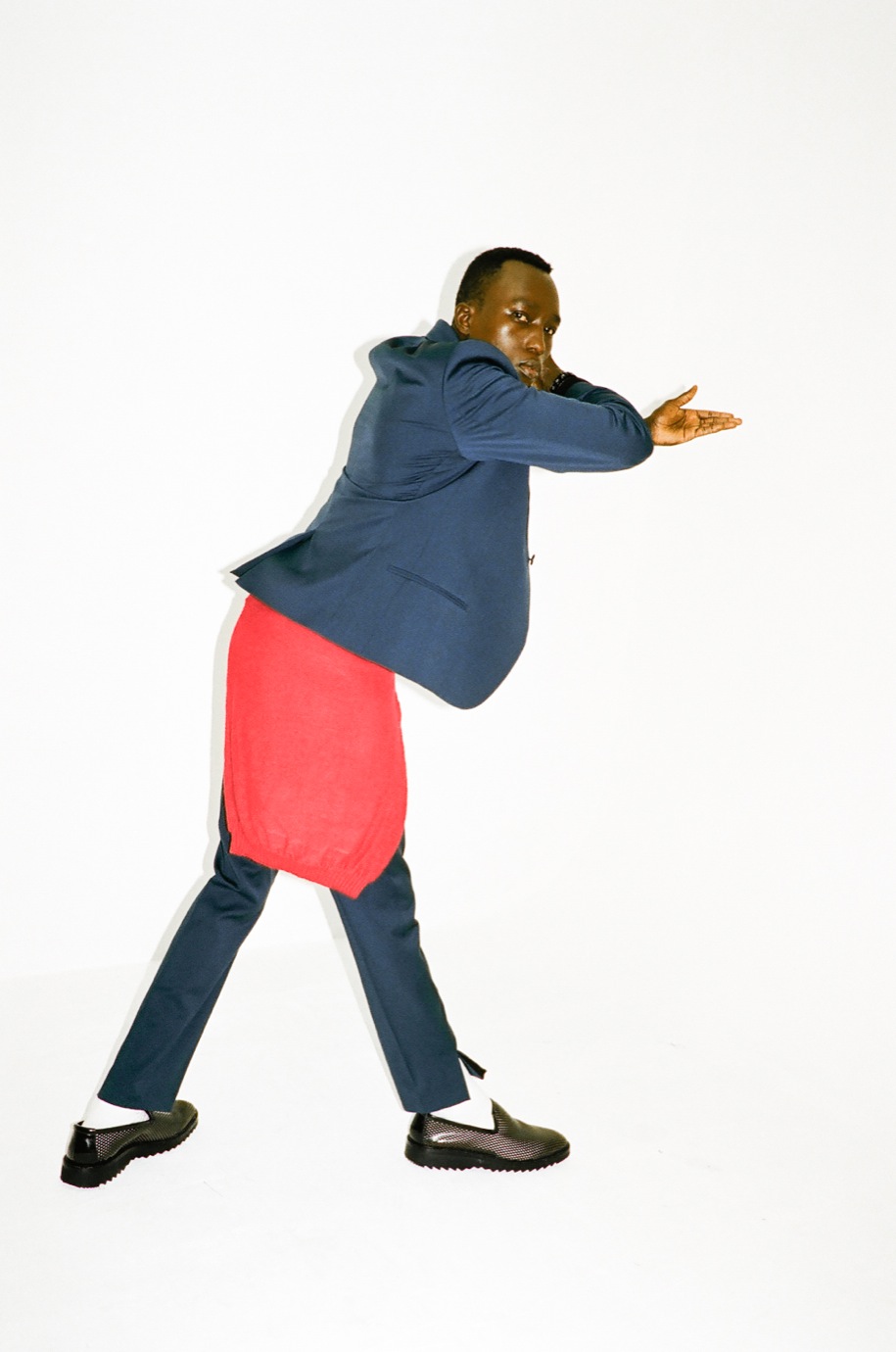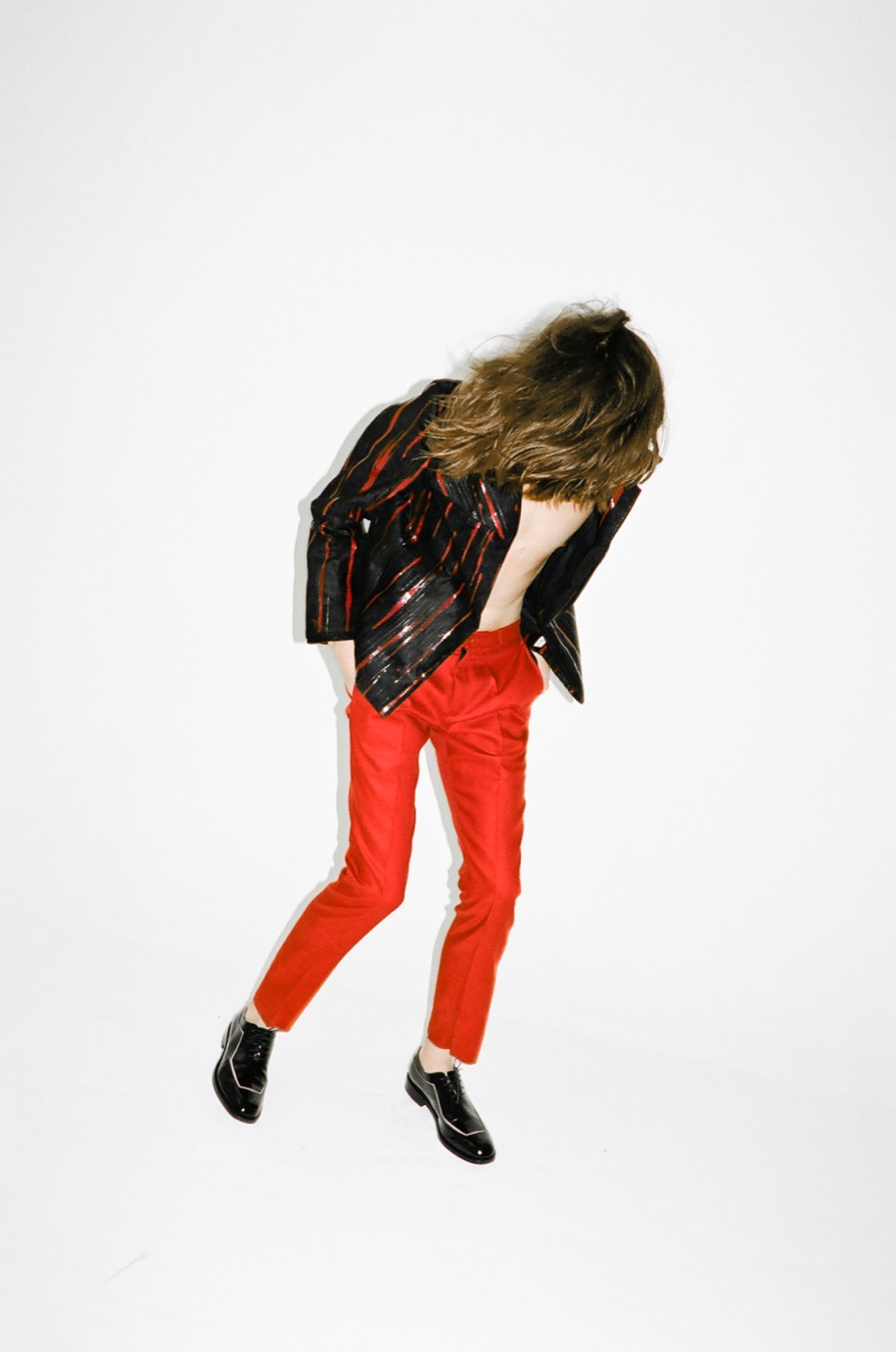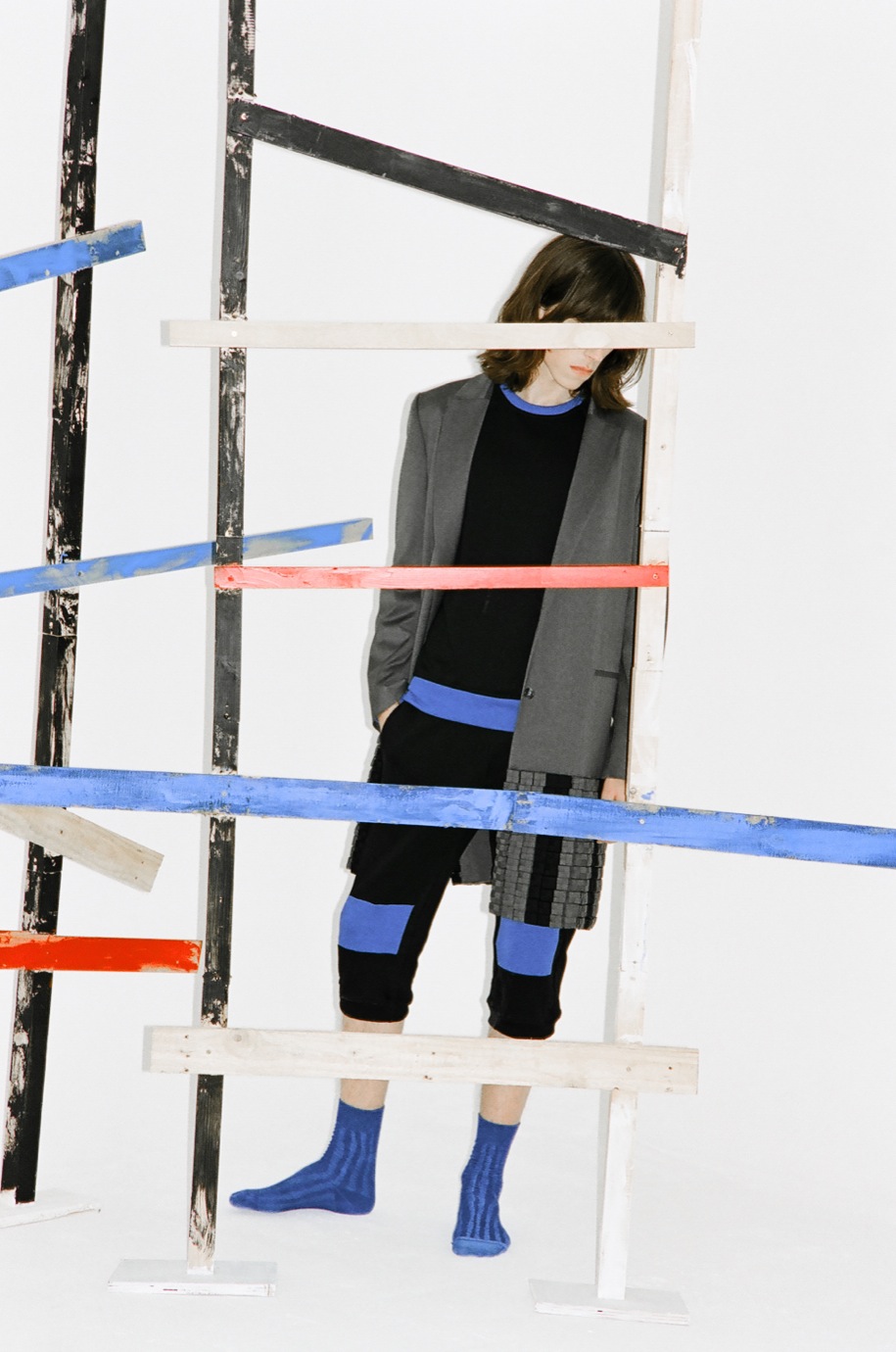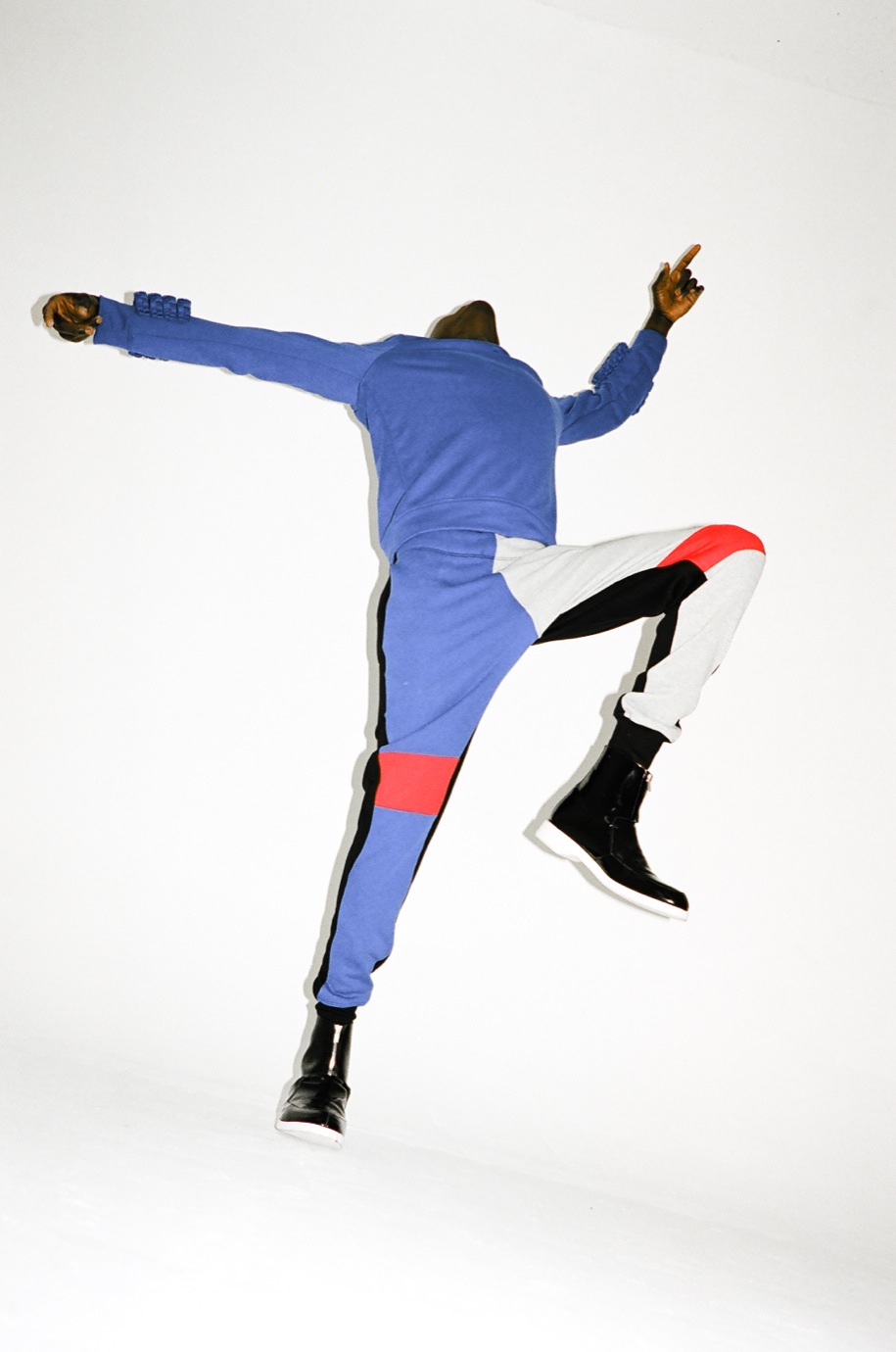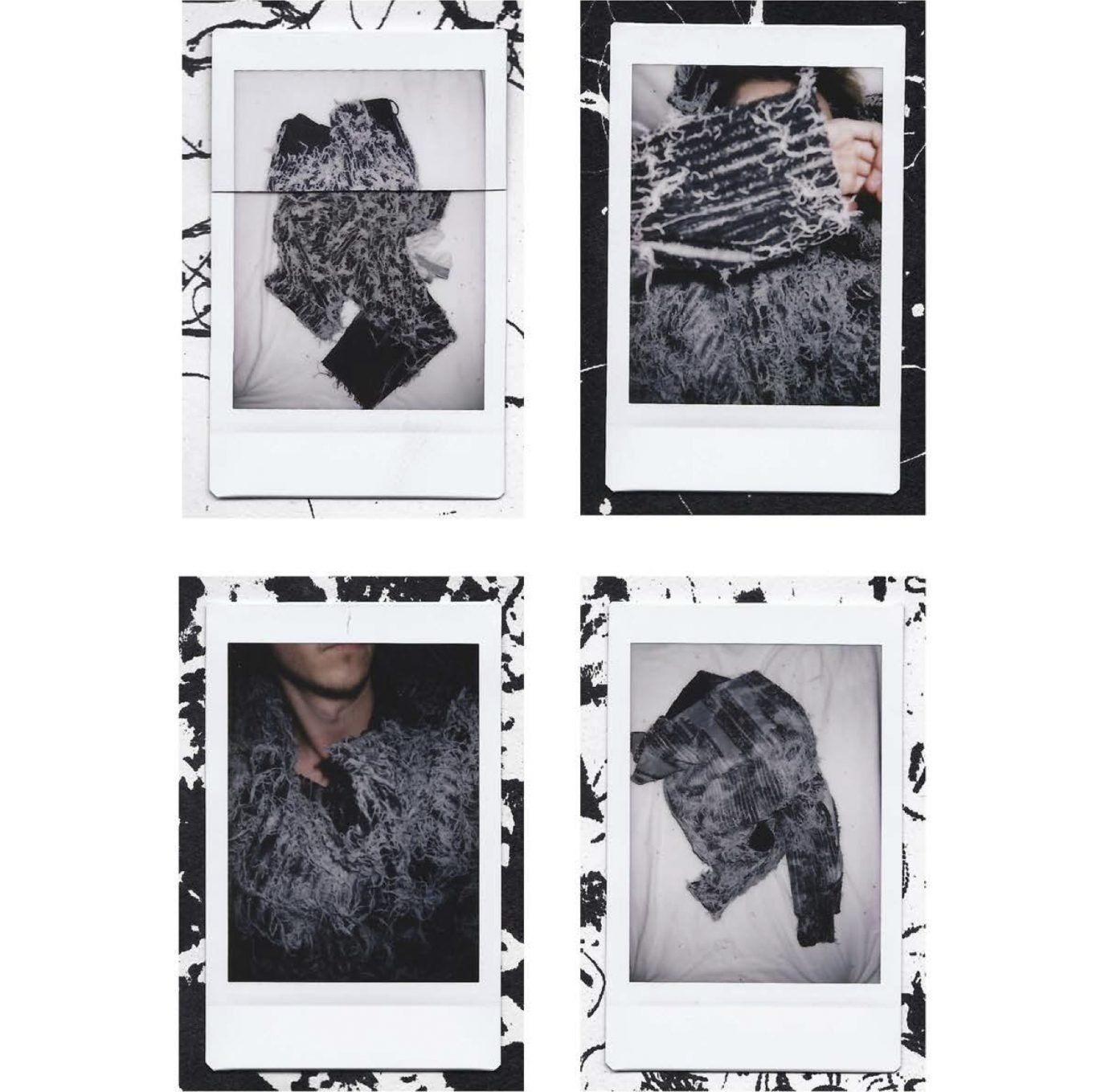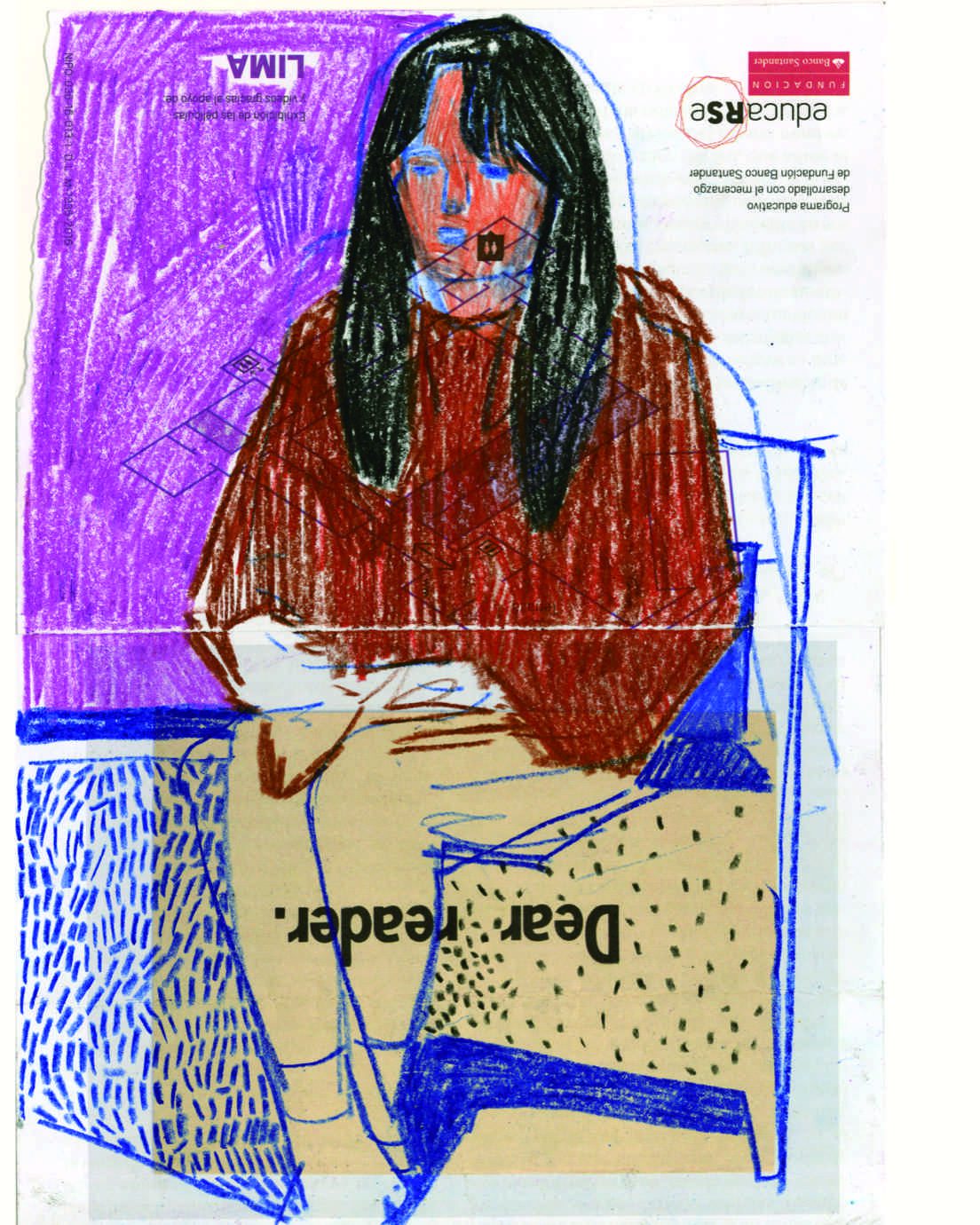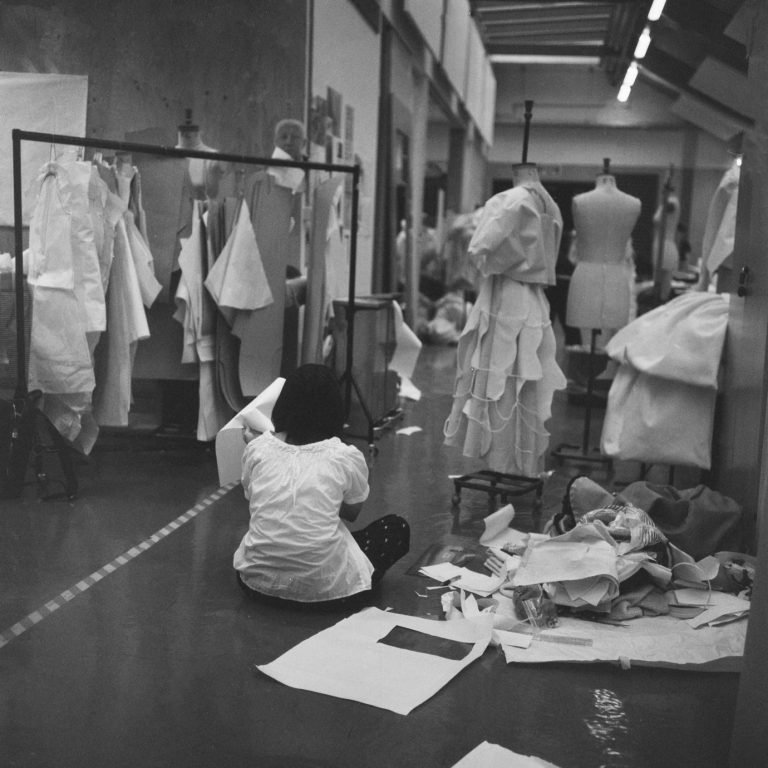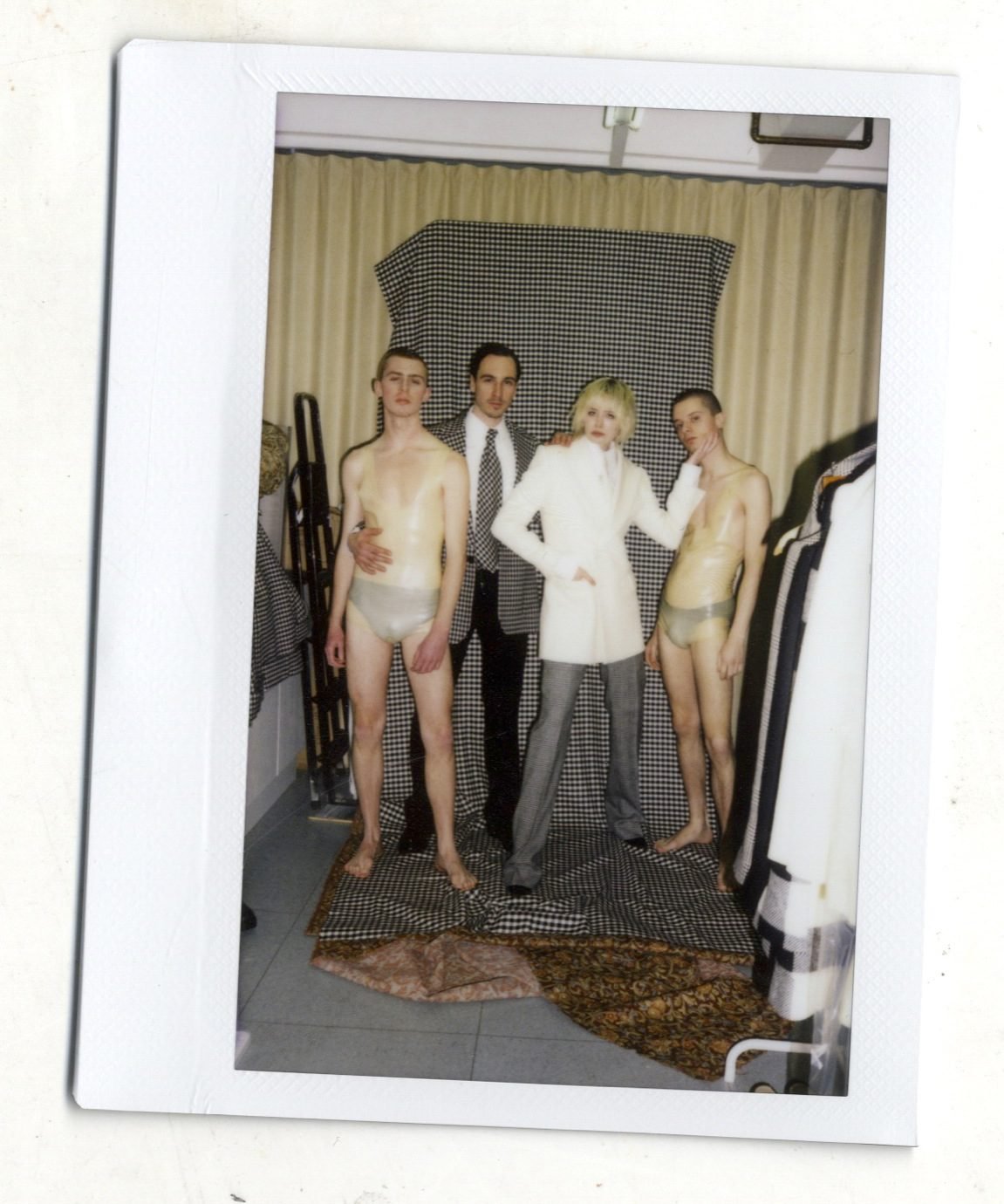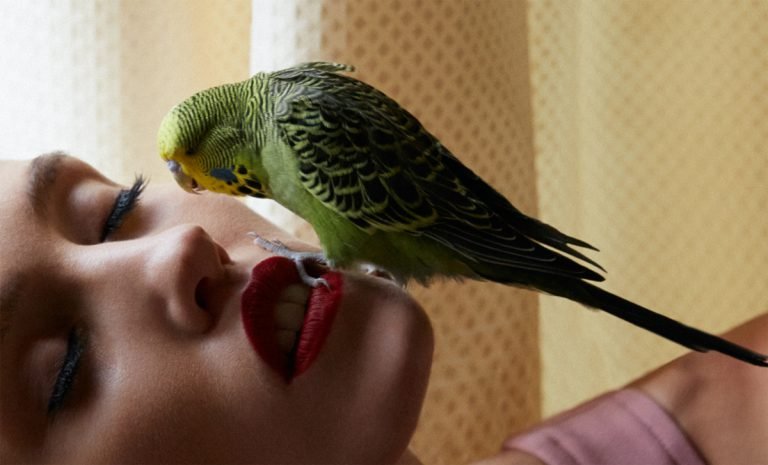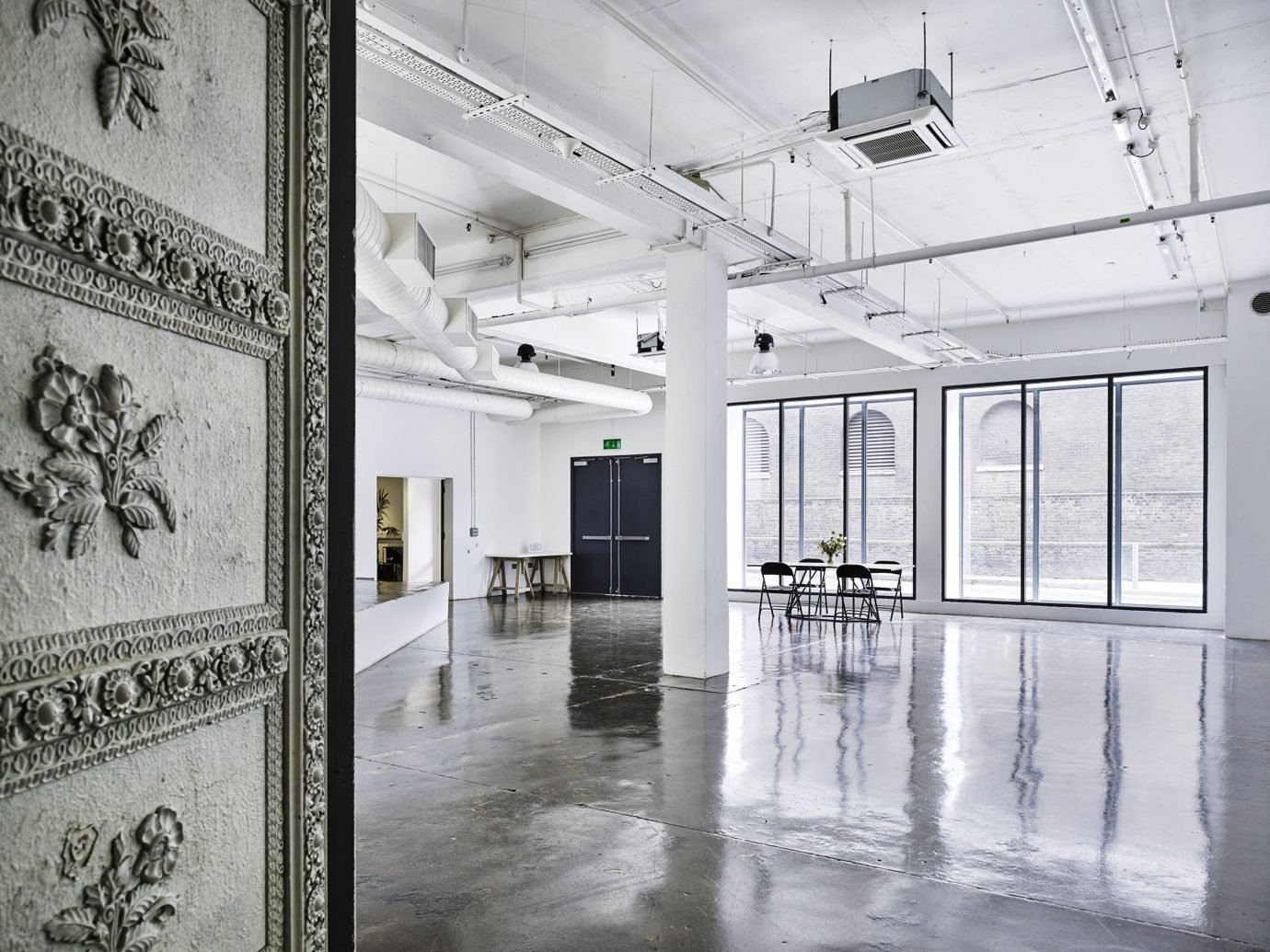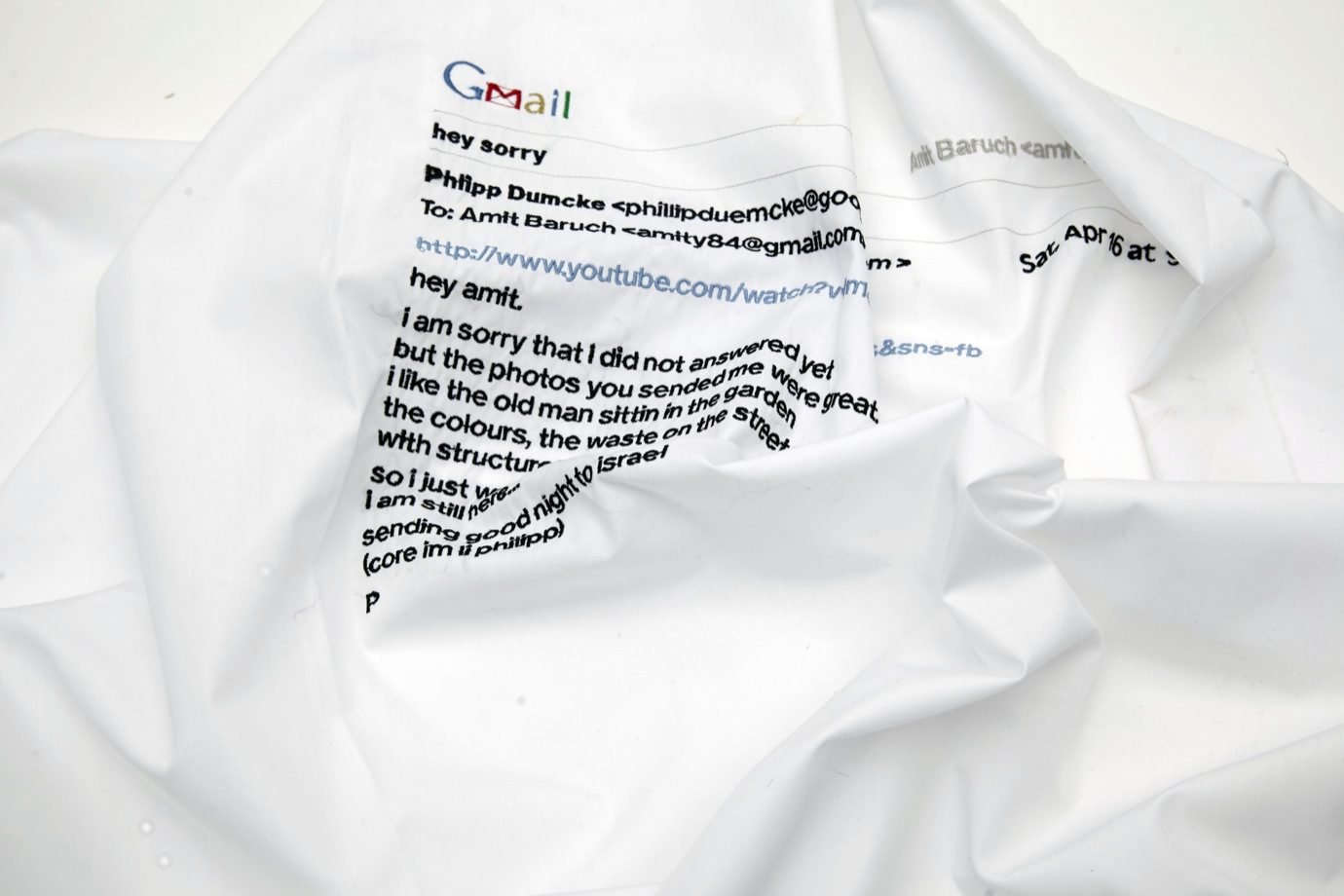Wan Hung Cheung AW16 by Kirill Kuletski
“‘CONTEMPORARY MENSWEAR’ TO ME CONSISTS OF WELL-MADE GARMENTS WITH REFINED DETAILS. TO ME, IT SHOULD BE SIMPLE WITH SOMETHING EXCITING GOING ON IN THE GARMENT, BUT IT DOESN’T HAVE TO BE ‘OVER THE TOP’.”
Do you ever want to go back to school or are you happy where you are?
I’m really satisfied with where I am right now [laughs]. Being in school is great and it made me who I am today, but overall we need to really separate from school to get into real society and face different challenges. In school you’re still a bit naive (like a student), which is good and original, but when you’re up to starting your own label, you face so many problems like meeting buyers, how to deal with press, how to manage the studio. Human management is quite a tough thing! Launching my own label was a very good idea. I learnt so much, even after three seasons, way more than in school.
Do you think you would have benefited from an MA? Did you ever consider doing one?
Yes, I was thinking of going to MA, but sadly Louise Wilson passed away. The main idea for me to go to the MA was that I really wanted Louise to make my life more difficult, so that I could learn the best from her. MA right now is facing a new direction. To me, was not that stable yet, so I decided to launch my own label.
Would you think of branching out more to China, as it’s got a fresh startup scene with emerging fashion designers?
Overall, I am a Chinese boy, and I would love to do business there one day, as I’ve ‘got to stick to the roots’, if you know what I mean. However, I am very happy to have launched my label here. I think it is one of the smartest decisions I have made in my life, just like when I chose to come here to study at CSM. Firstly, the British Fashion Council is one of the best platforms that supports new talent unconditionally, and I believe this could be of great help to my label. On the other hand, London has so many mixed cultures. There’s always something exciting going on, like new exhibitions or new shows in theatres. I have a particular habit, which is to go to a cafe and read a book. When I put the book down, I love observing people on the street. It is a really exciting way to discover what people are actually wearing, and how they move. It gives me a clear idea about what is going on in the real world, instead of being stuck in my ‘design zone’.
In what ways has this influenced your new collection?
For AW16 or SS17?
Oh, you’ve already got a solid concept for next season? Then we can discuss both!
The AW16 collection is based on the bad economic situation we have right now. People are all after money, which I am as well, but I don’t want the economic side to limit ourselves. It’s also inspired by a show I saw a few years ago at Sadler’s Wells: Sutra. It’s about 19 Buddhist monks from China, who did a performance with Antony Gormley. They were performing with a lot of boxes, and what I’ve learnt from that show, is that right now we are living in a big box: we’ve got limitations and so many rules. We’ve sort of lost the ‘control’ over ourselves, so with the collection, I want people to realise how free we can actually be.
For SS17 I have a set of rough ideas. I want to continue on the topic of searching for freedom and exploring the ‘truth to self’.
Do you take any literature as a reference for that?
Normally I get inspiration from life in general: what I’ve seen, news or music I’ve heard. It gives me ideas about what I want to express through the new collection. Later on, I go to the library to do research about that idea in my head. This has become the way I design collections ever since I was a student.

